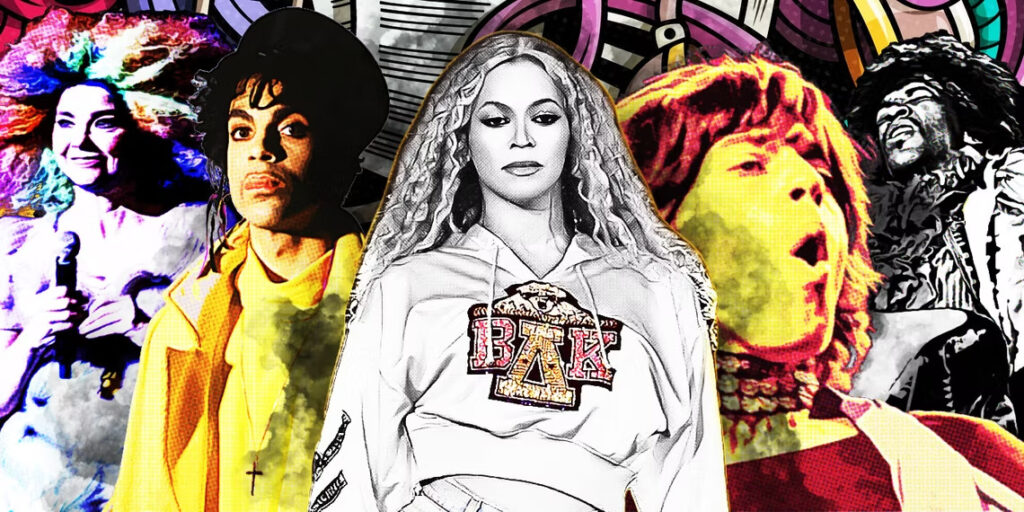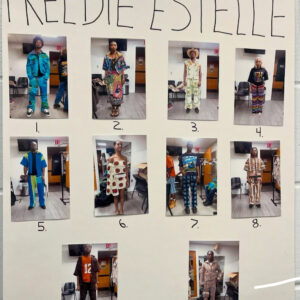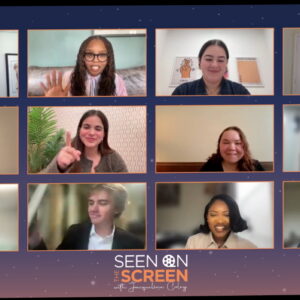Entertainment | November 27th, 2023
Concert Films Comeback
By: Cordell Jones

Imagine you’re waiting to go to your favorite artist’s concert. You have a game plan on securing your tickets and even started predicting the set list they may use for opening night. All of this preparation, money-saving, and restless nights, only for the artist to either miss your city or you can no longer attend the show in your hometown.
Don’t worry; your favorite artist decided to record the show and release it in theaters, on streaming services, or as a physical release for you to enjoy the show from the comfort of your home.
With the recent release of Taylor Swift’s “Era Tour” film and the upcoming release of Beyoncé’s “Renaissance” film, concert films are returning to mainstream prominence. Most don’t think about how these films came to fruition and how they’ve grown in popularity among fans and film connoisseurs alike.
Early Concert Film History
These films, which began to rise in prominence in the early 2000s, chronicle artists on their most notable tours. These films showcase the glitz and glamour of tour life but also take a deeper dive into the star’s development, progress, and life and their aforementioned tour.
These films provide fans with up close and intimate views of the tour, a view they wouldn’t have been able to see while screaming at the top of their lungs.
The most notable first example of success in the genre is the Talking Heads “Stop Making Sense” film released in 1984. As written by Consequence writer Jonah Krueger, “It’s simply a faithful snapshot of Talking Heads as a live band, and thanks to that, it’s the greatest concert film of all time.”
The movie showcases the band performing at Hollywood’s Pantages Theater and paints more of a vignette of the artist as a performer and their visual artistry. The concert film, released in 4K for its 40th anniversary, is the best example of how a concert film should look.
Concert Movies Regain Popularity
A modern example that has received critical acclaim and could be sighted as a rebirth of the concert film genre in the more extensive mainstream media is Beyoncé’s 2019 “Homecoming” film.
The film chronicles the singer’s historic headlining set and the work it took to get to the spectacle that it was. From showing intimate choreography practices to showcasing how the concept of the HBCU-themed show came to be, the documentary touched all the bases people wanted to see from the show.
“The writer, director, and executive producer of Homecoming, which ran 137 minutes and was released in concert with a 40-song live album, has a way of reminding us of her unique ability to hold a crowd in the palm of her hand, to defy the trend toward cultural diffusion and force us to stand at attention,” said Jake Nevins, writer for The Guardian.
Other movies that can show the beauty of this film genre are the late Michael Jackson’s intimate and rehearsal-based 2009 “This Is It” film, Rolling Stones’s 1970 “Gimmie Shelter” concert film, and Aretha Franklin’s posthumous “Amazing Grace” 2018 film. These films, among others, provide viewers and fans of artists a chance to see their favorite artists in a more personable way.
Impacts of Tour Films
A senior biology pre-med student, Desire Reddick, talks about how concert films can be seen as an art form in the grand scheme of media in its resurgence.
“I like seeing a summary of a huge body of work in a way that is digestible and curated for highlights of the tour and maybe even things behind the scenes that a fan could not have witnessed live,” said Reddick.
She continues to talk about how these films serve as an essential way to showcase an artist up close and personally actively participating in their art form.
With the resurgence of these films coming out more often, more artists are showing a new worldwide audience what their concerts are all about. Now, they go from giant LED screens to your very own devices to see.






